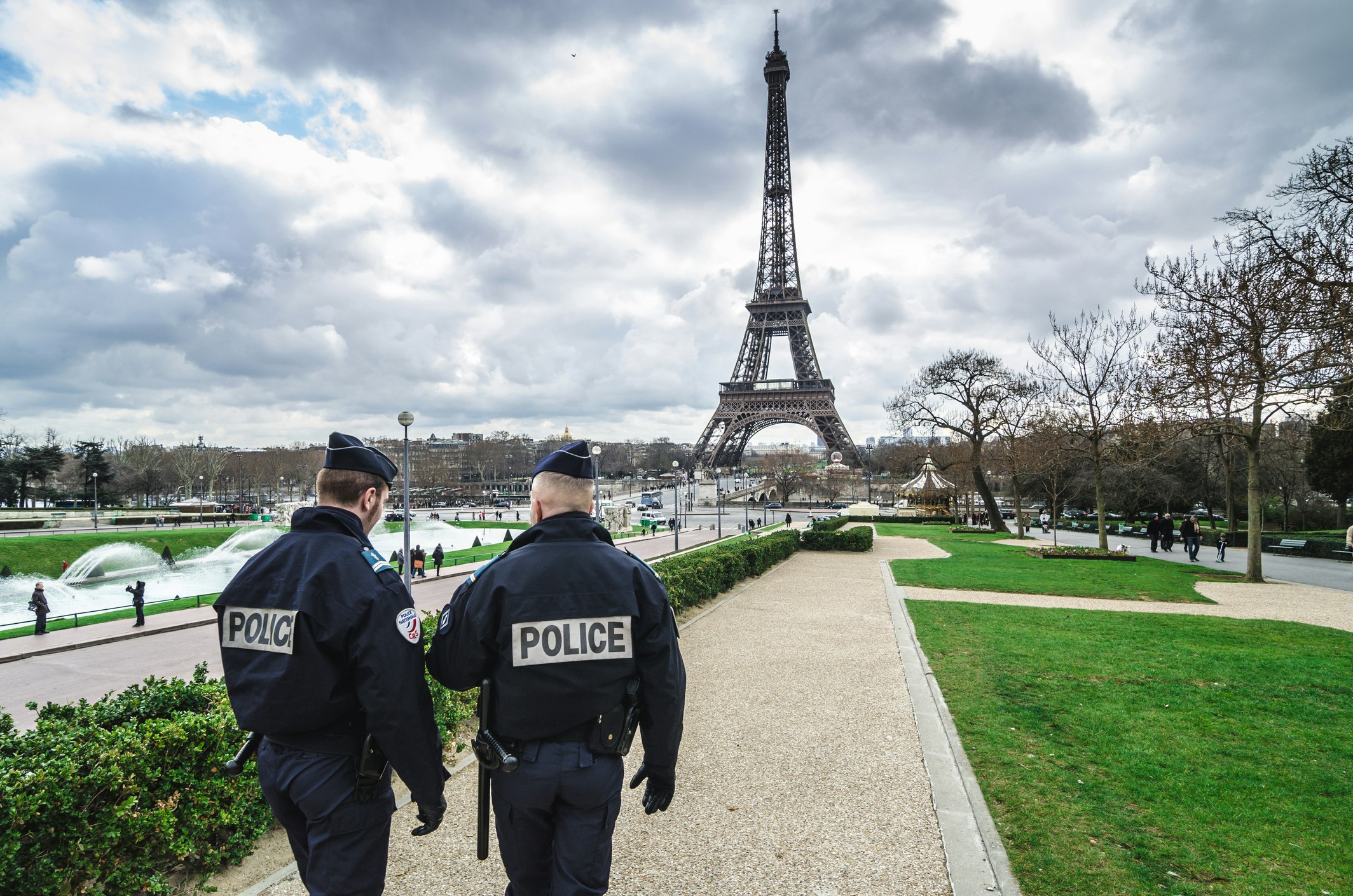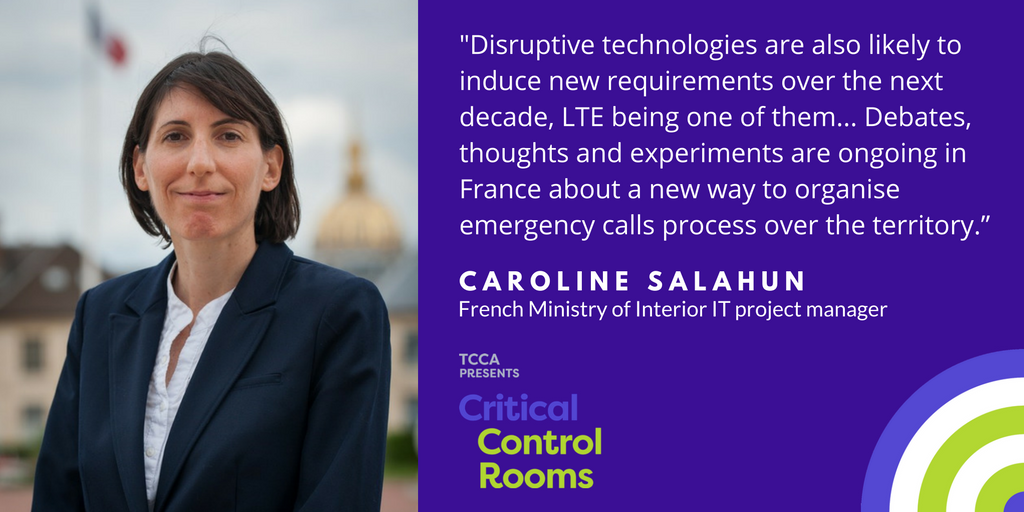Case study: IT system design for next generation French National Police control rooms

The French National Police has recently launched a new IT programme for its control rooms. The aim is to equip a large range of police control rooms, including the Police PSAPs (ie Public Safety Answering Points, where the FR police emergency calls (17 in France) are received), regional or national control rooms in charge of monitoring police interventions at a large scale and smaller sites in charge of commanding police interventions at a local scale.
The IT system is planned to be deployed by 2020 over the whole country: mainland France and its overseas territories. This deployment might be extended up to 100 PSAPs and potentially about 200 sites with control room functionalities.
The IT project is composed of multiple technical parts:
• Telephony equipment dedicated to emergency calls,
• Information system (software) with numerous functionalities (call processing, map display, view of the positions of vehicles and policemen on the ground, etc.),
• Geolocalization devices,
• Connection to video protection systems.
It is characterized by a huge number of external interfaces and connected systems: telephony access lines, WAN, radio system, technical services platforms (Single Sign On (SSO), geographical information system, statistics,...), local CCTV, other internal police computer applications, other emergency call centres systems, etc.
The system that is designed today will have to remain effective and operational regardless of the changes that might occur by 2030. An increasing need in data exchanges and multimedia functionalities can already be considered. It is therefore already planned to implement features related to multimedia exchanges, mobility (easy way to communicate between the control room and the policemen on the ground via smartphones or tablets) and video images (collected from the embedded or fixed security cameras).
But disruptive technologies are also likely to induce new requirements over the next decade, LTE being one of them. The new IT system will therefore have to be flexible enough to integrate new functionalities during its lifetime. This is however not the only challenge to face as many things may change over the next decade: not only the technologies but also the process and organisation of the emergency service chain.
Debates, thoughts and experiments are ongoing in France about a new way to organise emergency calls process over the territory. Today, the process is based on a decentralized model: the PSAPs are specific to each security and rescue service (police, gendarmerie, fire brigades) and are locally implanted all over the country (France currently counts several hundreds of PSAPs over its territory).
The considered evolution would consist in unifying the PSAPs and/or extending the geographical area covered by each of them. However, the conclusions and the decisions resulting from these studies and experiments will only be known in several months or even years. The chosen organisation models may differ from one part of the territory to another.
Technology should not be a lock or a limitation to organisational changes. A big challenge for the new IT French National Police programme is therefore to be adaptable enough to meet the operational requirements regardless of the organizational model finally chosen.
A third technical challenge for the new Police system consist in enhancing interoperability with other security and rescue centres. The current system is not interoperable (exchanges are based on simple telephone calls). The next one will have to interoperate with the future unified inter-services PSAPs and with other emergency centres. Interoperability is a major requirement of the new project.
These challenges will be addressed through the IT system design choices:
• Flexibility should be assured via the implementation of a centralized technical architecture
• Adaptability should be provided by a modular functional architecture
• Interoperability should be based on standardized interfaces
More about these technical chosen options can be heard during my presentation on the Critical Control Rooms conference.


